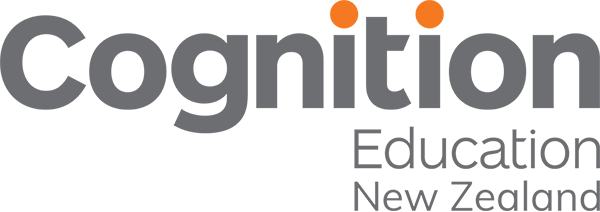Investing in professional learning and development (PLD) is essential for creating a vibrant and effective educational environment. As schools strive to improve student outcomes, teacher retention, and overall school success, high-quality PLD stands out as a key driver of positive change. Here, we explore the numerous benefits of investing in PLD and why it should be a priority for all educational institutions.
1. Enhanced Teaching Skills and Knowledge
One of the primary benefits of PLD is the enhancement of teachers’ skills and knowledge. Ongoing professional development ensures that teachers stay current with the latest educational research, methodologies, and technologies. This continuous learning enables them to implement best practices in their classrooms, leading to more effective teaching and improved student achievement.
2. Improved Student Outcomes
High-quality PLD has a direct impact on student outcomes. When teachers are well-trained and confident in their abilities, they can deliver more engaging and effective lessons. Research shows that teacher quality is one of the most significant factors influencing student achievement (Hattie, 2009). By investing in PLD, schools can ensure that their teachers are equipped to meet the diverse needs of their students, ultimately boosting academic performance and closing achievement gaps.
3. Increased Teacher Retention and Job Satisfaction
Teacher retention is a critical issue for many schools. High turnover rates can disrupt the learning environment and incur significant costs. PLD plays a crucial role in increasing teacher retention by promoting job satisfaction and professional growth. Teachers who feel supported and valued are more likely to stay in their positions and continue contributing to their school communities. According to Ingersoll and Strong (2011), mentoring and induction programs, which are forms of PLD, significantly reduce teacher attrition rates.
4. Development of Leadership Skills
PLD is not limited to classroom teachers; it also benefits school leaders. Effective leadership is vital for creating a positive school culture and driving school improvement. PLD programs designed for principals and other administrators can enhance their leadership skills, enabling them to support their staff better and lead their schools more effectively. As noted by Leithwood, Seashore Louis, Anderson, and Wahlstrom (2004), strong school leadership is associated with improved student outcomes.
5. Fostering a Collaborative School Culture
Investing in PLD fosters a culture of collaboration and continuous improvement. When teachers engage in professional development together, they have opportunities to share ideas, strategies, and experiences. This collaborative approach encourages a sense of community and shared purpose, which can lead to more innovative and effective teaching practices. DuFour and Fullan (2013) highlight the importance of professional learning communities (PLCs) in driving school improvement.
6. Adapting to Educational Changes
The field of education is constantly evolving, with new policies, standards, and technologies emerging regularly. PLD helps educators stay adaptable and responsive to these changes. By participating in ongoing training, teachers and school leaders can remain agile and proactive, ensuring that their schools are always at the forefront of educational excellence.
7. Building Equity and Inclusivity
High-quality PLD can also address issues of equity and inclusivity in education. Programs that focus on culturally responsive teaching, inclusive practices, and social-emotional learning equip educators with the tools they need to create equitable learning environments. These programs help teachers understand and address the diverse needs of their students, promoting a more inclusive and supportive school culture.
Conclusion
Investing in professional learning and development is not just a luxury; it is a necessity for schools committed to excellence. By enhancing teaching skills, improving student outcomes, increasing teacher retention, and fostering a collaborative culture, PLD offers a multitude of benefits that can transform educational environments. As schools navigate the challenges of the 21st century, prioritising PLD will ensure that educators are well-equipped to provide the highest quality education for all students.
References:
DuFour, R., & Fullan, M. (2013). Cultures Built to Last: Systemic PLCs at Work. Bloomington, IN: Solution Tree Press.
Hattie, J. (2009). Visible Learning: A Synthesis of Over 800 Meta-Analyses Relating to Achievement. London: Routledge.
Ingersoll, R. M., & Strong, M. (2011). The Impact of Induction and Mentoring Programs for Beginning Teachers: A Critical Review of the Research. Review of Educational Research, 81(2), 201-233.
Leithwood, K., Seashore Louis, K., Anderson, S., & Wahlstrom, K. (2004). How Leadership Influences Student Learning. Minneapolis, MN: University of Minnesota, Center for Applied Research and Educational Improvement.

